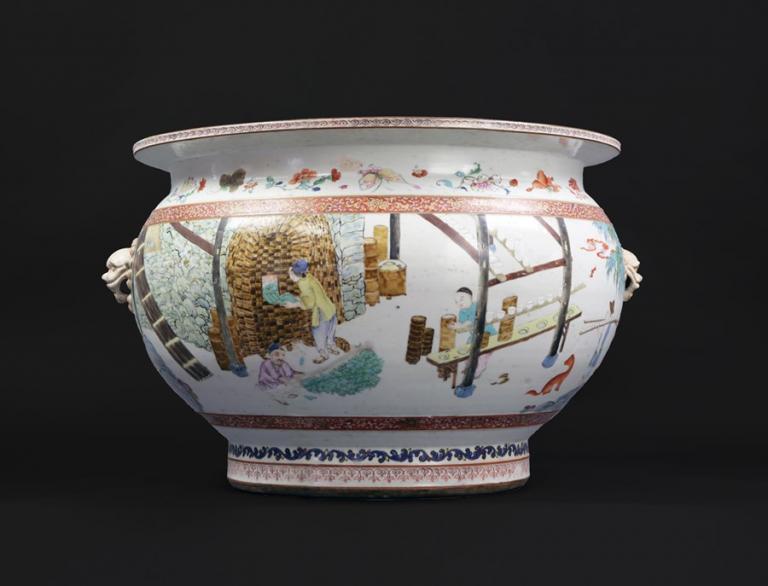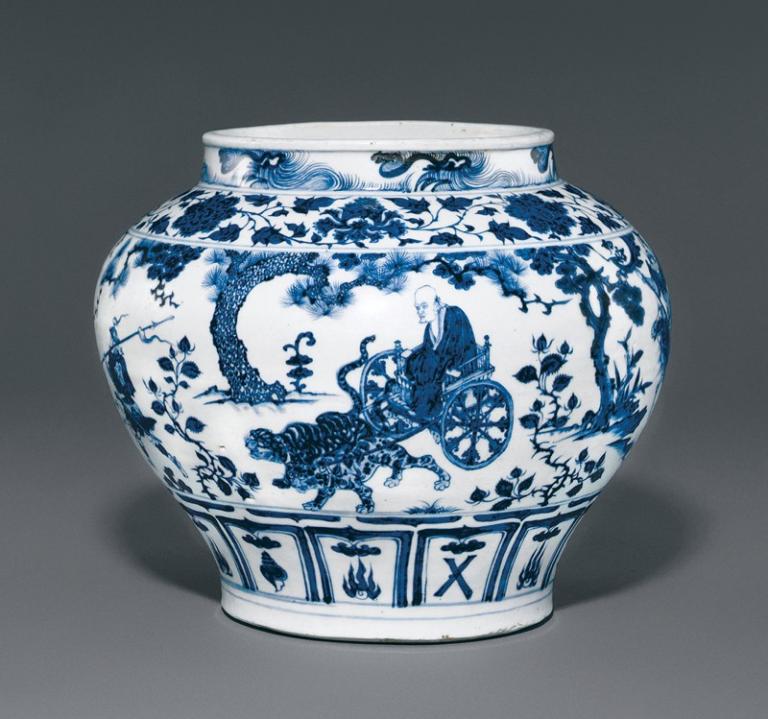Practical Artwork of Chinese pottery
2 min readZisha teapot is a practical artwork that well integrates practicality and artistry of pottery. During manufacturing process, artisans need to carefully consider its function, as well as to elaborately design their shapes and patterns.
China is the origin of tea and tea culture. However, drinking tea must have teaware.

In history some delicate teawares were made in major kilns for porcelain during the Tang and Song dynasties. Zisha teapot belongs to pottery in quality, but it is farsuperior to porcelain teaware in many ways. So zisha teapots have been favored by people since their appearance.
Zisha teapot is not as specious as pure artwork, instead, it boasts incomparable practicality than normal teapot. Fired zisha is densely sintered with ideal property of heat preservation and insulation. It also keeps the tea fragrance very well, thus making tea-enjoyment last longer. Moreover, after long-term application for tea-brewing, an excellent zisha teapot can even make plain water as fragrant as green tea. Therefore, practical proper ties such as air-tightness between the lid and body, and shape of the body are the main factors to be considered for selecting a good zisha teapot.

However, zisha teapot is not merely functional, it combines culture and art as we11. Though zisha literally means purple sand clay, it actually presents all kinds of colours after high temperature firing, such as vermilion, purplish red, copper purple, begonia red, dark green and sky blue, and looks primitive and elegant as itpreserves the original colours of clay without glaze. The craftsmanship of making zisha teapots is also exquisite. An excellent zisha teapot shall not only consist of proportionate spout, handle, knob, lid and shoulder, but also boast smooth contour, ingenious decoration and skillful workmanship. The various decorations of calligraphy or painting works on zisha teapots can not only make the teapot more cultivated, but also convey the sentiments of potters, which endow a deeper artistic appreciation on tea drinkers.








